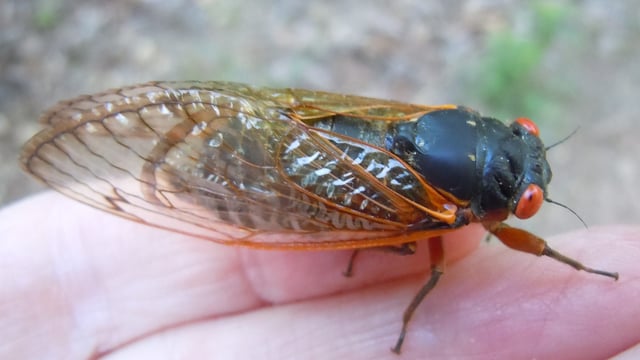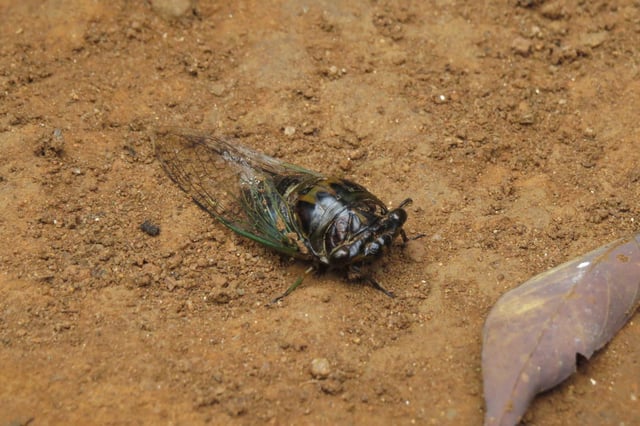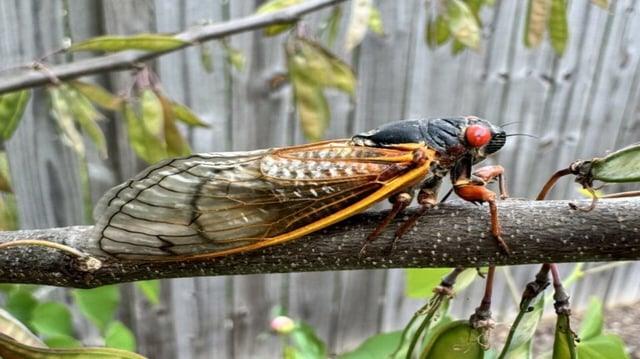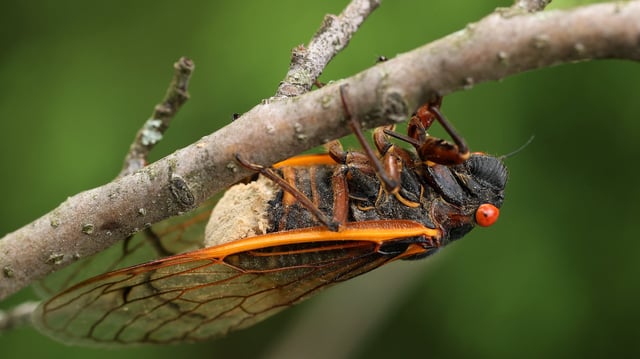Overview
- Brood XIV, the second-largest group of 17-year cicadas, is beginning its synchronized emergence across much of the eastern United States in May and June 2025.
- The emergence is triggered by soil temperatures reaching 64°F, with peak activity expected in hardwood forest regions from Long Island to Tennessee.
- In Georgia, populations are limited to spotty appearances in Fannin, Lumpkin, Rabun, and Union counties, according to University of Georgia expert Nancy Hinkle.
- Cicadas play a critical ecological role by providing food for predators, aerating soil, and enriching ecosystems with nutrients as they decompose.
- Warming temperatures linked to climate change may influence future cicada cycles, potentially causing earlier emergences or shorter underground intervals over time.



